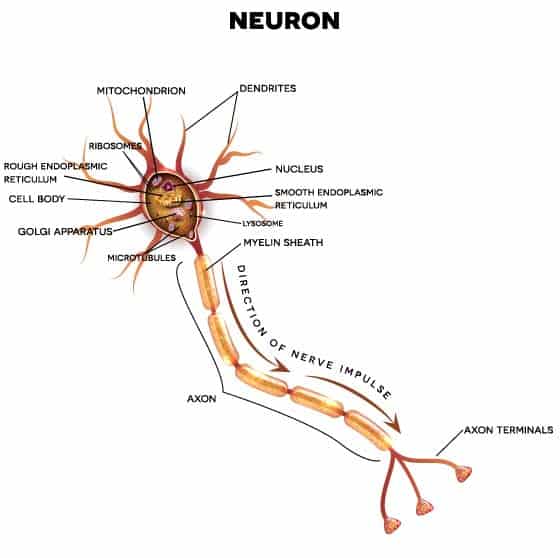A quarter of the world’s population is estimated to be affected by mental health or neurological challenges in their lifetime. In 2014, approximately 20% of U.S. adults had a mental illness and 22.5 million Americans aged 12 or older were in need of treatment for alcohol or substance drug abuse. In 2017, drug overdoses were the leading cause of injury-related deaths in the United States. That same year, 11 million U.S. adults 18 years or older had at least one major depressive episode within the previous 12 months, with more than 60% experiencing impairment severe enough to limit their ability to carry out life activities. Mental health and substance use addiction treatment is more essential than ever, and these areas are desperate for clinically significant innovation.
Advancing effective and breakthrough applications in neuroscience research to become adopted therapeutic interventions that optimize human functioning requires clear information, shared standards of care, agreed upon contexts of use, and broad awareness of benefits. By sharing what works, promoting a regulatory standard of care, informing consumer expectations for treatment, and building influential collaborations. By leveraging resources, psychedelic experiences, and networks we can move the needle on addressing effective and safe use of innovative approaches to mental health and addiction treatment.
The brain creates new neural pathways and modifies existing ones in response to behavioral, environmental, and neural changes. This process of neuroplasticity, also known as brain plasticity, continues throughout our lives, involves many processes and is influenced by new experiences.
Until recently, scientists believed that brain development came to a halt during adulthood. But researchers now know that our brains change constantly throughout our lives, forming new pathways to adjust to our environment and actions. For example, neuroplasticity allows the brain to compensate for injury and disease.
Understanding how brain plasticity works can help us attain our own cognitive goals as well as improve the ways experts treat and support people with neurological and behavioral health problems.
How Do Our Brains Change?
Neuroplasticity would not be possible without the malleable traits of neurons. Neurons are what cause the brain to change and the entire body to function effectively. Neurons are the longest-living cells in our bodies and are responsible for carrying information throughout the brain and then on to the muscles and organs of the body.
Our brains have the extraordinary capacity to change both structurally and functionally. Structural plasticity involves our brains changing its physical structure as we learn new things or form new memories. Functional plasticity is the brain’s ability to move functions from a damaged area of the brain to other undamaged areas.
How Do Neurons Communicate?
A neuron generates electrical charges as it signals from other neurons. Synapses, the tiny gaps where chemicals called neurotransmitters are released to transfer information from one cell to another, must be reinforced to remain active. The more synaptic pathways are used, the stronger the communication between neurons.
As we adapt to new environments, our brains dispose of unused or unnecessary neural connections while strengthening and preserving those that are used frequently. This activity is called synaptic pruning. For the brain to operate efficiently, synaptic pruning must maintain a proper balance. Researchers suggest that imbalanced brain pruning could be linked to some psychiatric and neurodegenerative issues. If not enough pruning occurs, the brain remains hyperconnected, which studies observe occurs in many cases of autism. Conversely, too much pruning disrupts communication between neurons, an abnormality found in Alzheimer’s disease and schizophrenia.
How Do Neurons Grow and Repair Themselves?
The human brain has billions of neurons, some of which can than live more 100 years in humans. Unused neurons grow weak and die through a process called apoptosis, but can be regenerated by neurogenesis, the creation of new brain cells. With the support of other types of brain cells called glial, neurons can constantly repair, remodel and regenerate themselves.
How Can You Rewire Your Brain?
Early childhood is the most critical time for learning. Though brain plasticity happens throughout our lives, children have a greater ability to learn and retain information. At birth, infants have approximately 2,500 synapses in the brain. From infancy to age 3, a child’s brain produces 15,000 synapses. Throughout adolescence, neurons weaken, reducing synapses by 50%.
How can we build and maintain those connections that are relevant during early childhood and even later into adulthood? Neuroplasticity involves a “fire together, wire together” principle: If certain neurons keep firing at the same time, eventually they’ll develop a physical connection and become physically associated. This experience-dependent plasticity means if you practice something consistently, such as meditating, exercising or learning how to play an instrument, you’re likely to alter your brain to associate the relevant parts of its structure. Whether you are a child, adolescent or older adult, actions and thoughts (both positive and negative) that you repeat can form new neural pathways.
